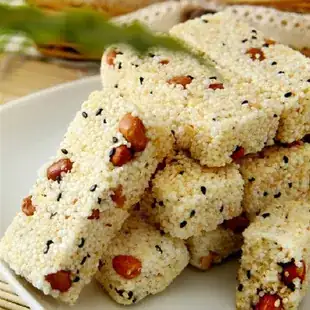As this is an enameled pot, there is a difference to "standard" cast iron. First, if you really damaged the enamel, you cannot restore it. You can continue using it, but you'll have to deal with rust. From the picture, I cannot tell if that's the case - some spots are rust-colored, but they could be organic residue burnt onto the enamel.
Second, in trying to clean it, you cannot use the typical cast-iron methods for renewing, which are intended to strip the seasoning so you can rebuild it. So no self-cleaning ovens, no lye baths, etc. You have to treat it like stubborn dirt on semi-delicate surface.
The enamel can take some amount of rough physical treatment, but it has easier time withstanding chemical methods. So I'd try soaking it for a few hours with an organic acid, for example liquid citric acid. Alternatively, soak in dissolved dishwasher powder, that's quite aggressive as detergents go (but not a tab since the finisher in it will counteract the detergent). The Americans here are probably going to suggest Barkeeper's friend, I have no personal experience with it.
A short boil after the soaking can sometimes be quite good. You can use your acid solution (it should be on the bottom only, so no danger from spilling over anyway) or fill some clean water. Then let it boil vigorously for a couple of minutes. The water bubbles tend to be effective in dislodging softened pieces of char.
You can scrub after the soaking, it will work better than without the soak. I wouldn't go as far as taking steel wool to enamel, but the plastic net equivalents should be OK. The rough side of a dish sponge is also OK. The use of abrasive cleaners like Cif is somewhat questionable, you might try them in a low concentration if you don't succeed with other methods.
It is possible that you have either naked spots which have rusted over, or that your dirt is so baked-on that it doesn't fall even with quite a bit of elbow grease. I'm not sure how to tell you to recognize the difference if the char happens to be reddish-brown - I guess I would call rust harder and scratchier than char. If you try cleaning it once and don't succeed, it is still worth it to try it with 3-4 more soaking cycles, with maybe 15 to 20 minutes of scrubbing every cycle (if you see some progress being done during that). These types of burn-on are very difficult to clean.
